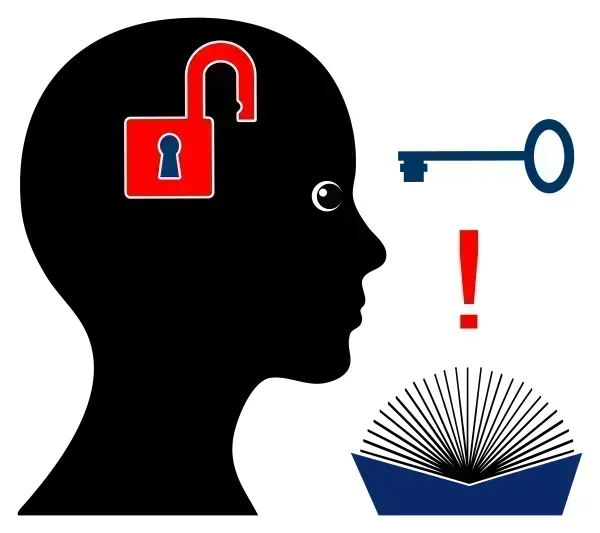
Question: Can you please clarify if we can still use the chemodenervation codes 64612 and 64613 for migraine? Is there a new chemodenervation code for 2013?
Ohio Subscriber
Answer: When reporting an injection of botulinum toxin to treat headache or intractable migraine in 2012, you would use 64612 (Chemodenervation of muscle[s]; muscle[s] innervated by facial nerve, unilateral [e.g., for blepharospasm, hemifacial spasm]) or 64613 (Chemodenervation of muscle[s]; neck muscle[s] [e.g., for spasmodic torticollis, spasmodic dysphonia]), depending on which muscles your provider injected. Some headaches are actually due to muscle spasms in the neck or the base of the skull, areas not necessarily innervated by the facial nerve.
You also report J0585 (Injection, onabotulinumtoxina, per unit), according to the number of units the provider injected as well as any units documented as waste. However, do not forget that many payers (including Medicare) will deny reimbursement for Botox injections for headaches, arguing that this condition doesn’t meet medical-necessity requirements. Check your payer’s coverage before deciding whether to submit your claim to a carrier, or have the patient sign an advance beneficiary notice (ABN). This typically applies since the FDA approval of use of botulinum toxin A for chronic migraines with most LCDs including the ICD-9 codes for chronic migraines.
A new addition to your chemodenervation options in 2013 is code 64615 (Chemodenervation of muscle[s]; muscle[s] innervated by facial, trigeminal, cervical spinal and accessory nerves, bilateral [e.g., for chronic migraine]).
Before 64615 went into effect, providers potentially reported both 64612 and 64613 if they injected the muscles in the forehead area as well as muscles in the back of the head or upper neck area during the same encounter to treat chronic migraine. In those situations, it was questioned if the provider could report both codes bilaterally, as it could lead to potentially high reimbursement when compared to multiple Botulinum injections of an extremity. This problem has been addressed by the introduction of 64615 which offers a single code for the multiple-injection scenario.
Note: You can report 64615 only once per session. Likewise, you should not report the new CPT® code with the bilateral modifier -50 as the code description already defines the injections as bilateral.
